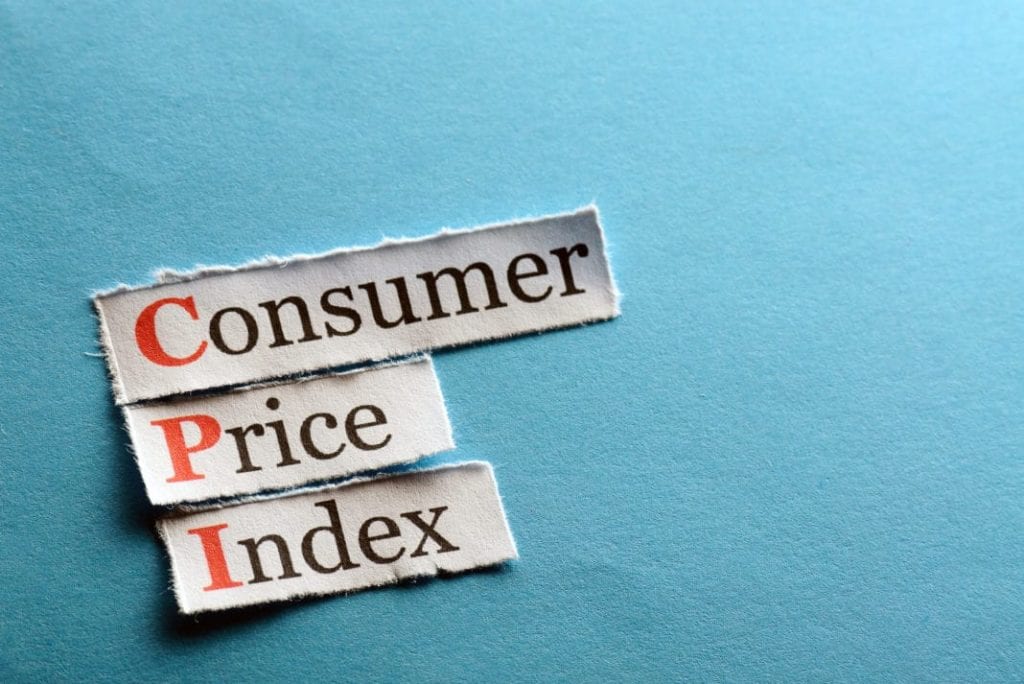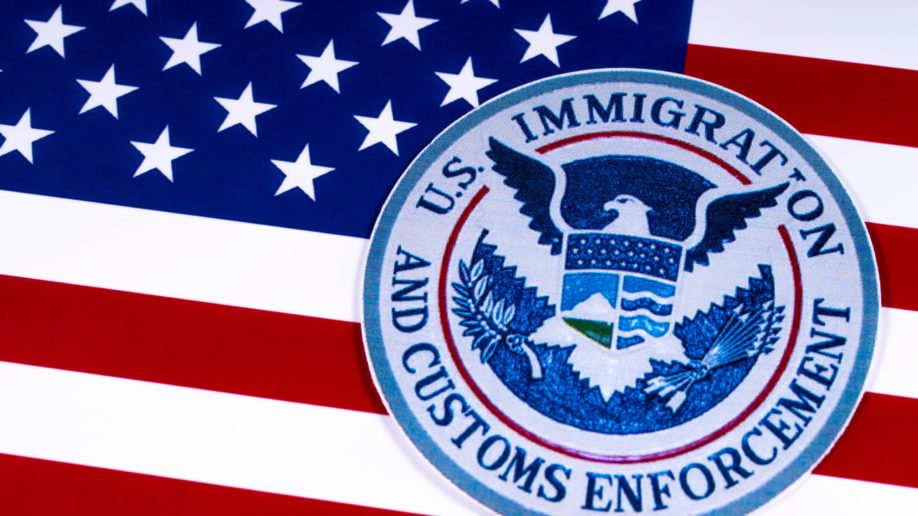What is your opinion of America’s elementary and secondary schools? A 2018 Pew Research poll found that improving the nation’s educational system was ranked second on the priorities of the American public, slightly behind defending against terrorism and ahead of strengthening the economy. The angst represented in the poll findings reflects the perception that public schools are failing, threatening the prosperity and security of the nation.
The American public school system has been under attack since the mid-1970s and the emergence of the Back to Basics education movement. Critics of the schools advocated that a return to a focus on the three “Rs”— reading, ‘riting, and ‘rithmetic — would restore public education to its historical standing as “the best schools in the world.” In the years since, school administrators, teachers, and students have experienced numerous attempts to improve education results and save money.
One approach — allowing students to transfer from public to private schools with public financial assistance — has become the battleground over the future of the traditional public school systems in the country. The war is being fought in media, public meetings, and state legislatures by opposing coalitions:
- Dissatisfied Parents, Fiscal Conservatives, Over-Taxed Homeowners, and Employers. These groups often assert that introducing free market options in education through choice will produce better outcomes.
- Parents who Favor Public Schools and the Education Community. Teachers, administrators, educational policy leaders typically claim with equal fervor that allowing school choice will destroy public education, ending the opportunity for middle- and low-income students to compete against a favored white, upper-class minority successfully.
Both sides are guilty of half-truths, misrepresentations, and exaggeration in the pursuit of their objectives. Choosing the right solutions to improve the education of the nation’s young requires an understanding and agreement about the current state of the educational system, and of the better alternatives to improve its outcomes.
America’s Public School System
Federal and State Roles
The authors of the U.S. Constitution left the responsibility of regulating public education to each of the individual states. Accordingly, each state maintains the public school system within its borders establishing attendance requirements, curriculum, teaching methods, textbook materials, and graduation requirements. Excluding Hawaii and its single, statewide school district, the states share power and implement their education policies through local school boards in geographically-distinct school districts.




